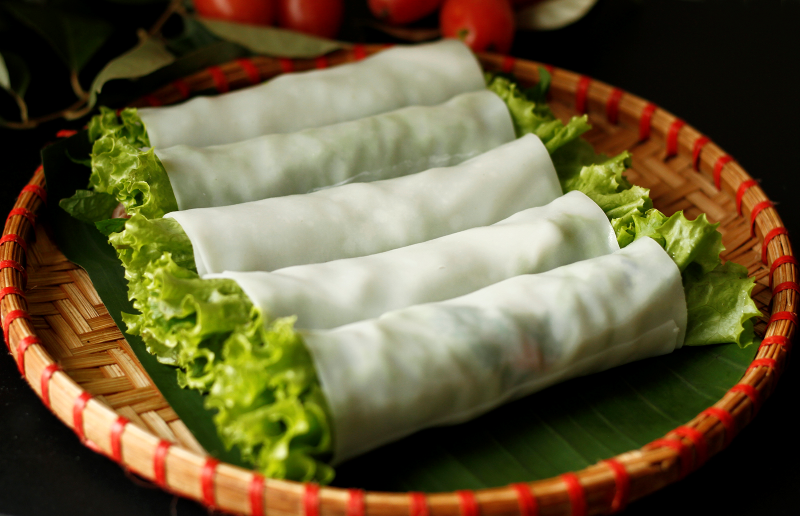In the vibrant world of global cuisine, traditional dishes often undergo innovative transformations that captivate food enthusiasts worldwide. Among these exciting fusions is the beloved pho rolls, a delectable handheld delight that marries the iconic flavors of Vietnam’s famous pho noodle soup with the convenience of a portable, easy-to-enjoy wrap. Join us at AK FOOD to explore more about this delicious dish and discover how pho rolls can bring a unique twist to your dining experience. Read on to learn all about it!
What Makes Pho Rolls a Modern Vietnamese Favorite?
Pho rolls have become a beloved innovation that blends tradition and creativity. By capturing the essence of pho soup in a fresh, versatile roll, they offer a portable way to enjoy Vietnamese flavors anywhere—whether as a light snack, quick lunch, or party appetizer.
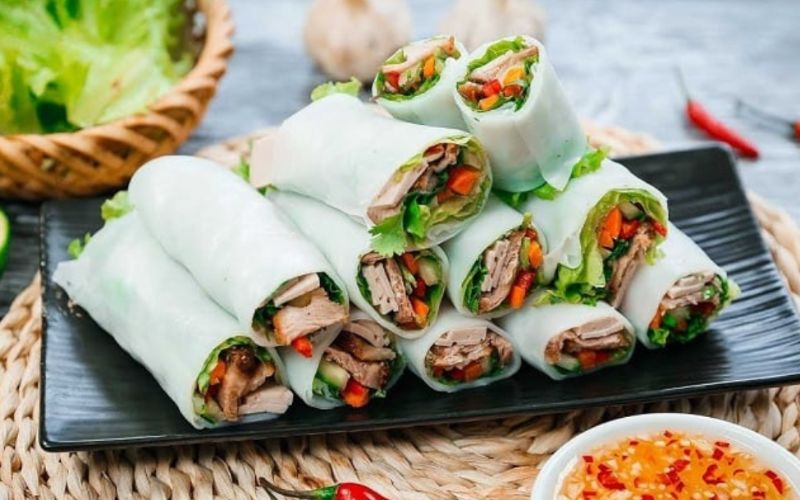
What are pho rolls?
Pho rolls, also known as pho rice paper rolls or pho spring rolls, are a creative variation of the traditional Vietnamese pho noodle soup. They combine the signature flavors of pho with fresh herbs, meat, and noodles, all wrapped in thin, translucent rice paper. These rolls offer a tasty mix of textures and are often enjoyed as a light meal, snack, or appetizer.
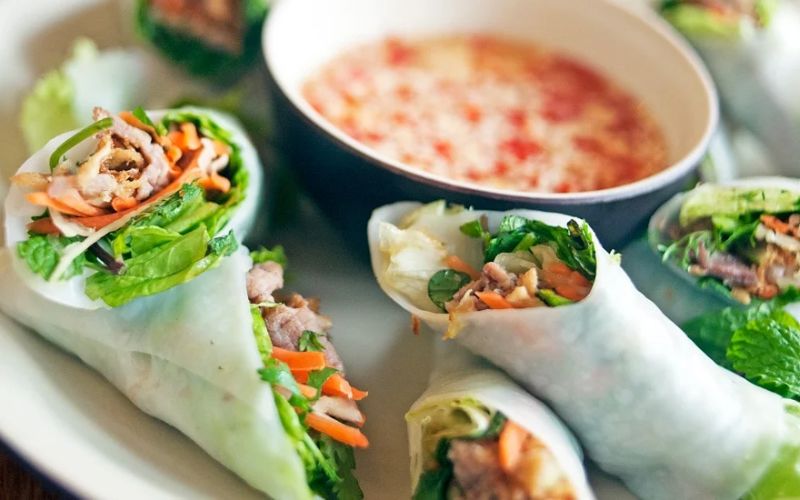
Although the exact origin of pho rolls is unclear, they are thought to be a modern twist on both pho and traditional Vietnamese spring rolls. As Vietnamese food became more popular around the world, cooks and chefs started experimenting with new ways to enjoy pho, leading to the creation of these convenient and shareable treats.
More information: Vegetarian Pho: A Flavorful Adventure
Ingredients of pho rolls
The beauty of this “pho rice and rolled” lies in its versatility and ability to incorporate a wide range of fresh, flavorful ingredients. Here are some essential components:
Choosing the right rice paper
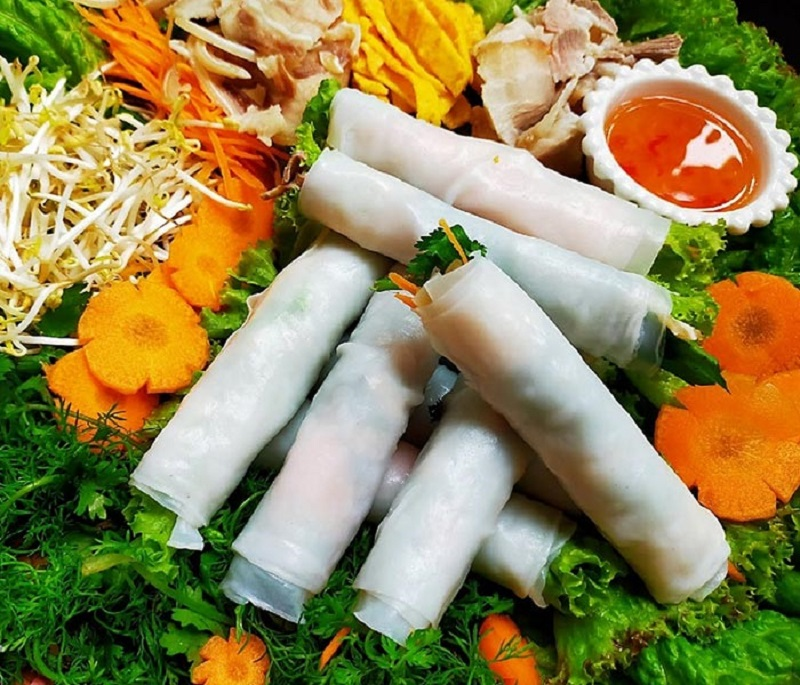
Look for high-quality, round rice paper sheets that are pliable and easy to work with. Rice paper sheets are made from a mixture of rice flour, water, and sometimes tapioca or cornstarch, and are a staple in Vietnamese cuisine for wrapping and rolling various fillings.
Selection of fillings
The ingredients filling inside typically include:
- Pho noodles: The traditional thin white rice noodles
- Meat: Sliced beef, chicken, and shrimp.
- Fresh herbs: Basil, cilantro, Vietnamese mint, and bean sprouts.
- Other vegetables: Carrots, cucumbers, baby corn, bean sprouts.
- Some other optional ingredients depending on taste: Rice paper sheets, eggs, fried garlic, green onions, bell peppers, etc.
The combination of flavors and textures in the fillings gives this dish its signature taste and appeal.
Dipping sauces and accompaniments
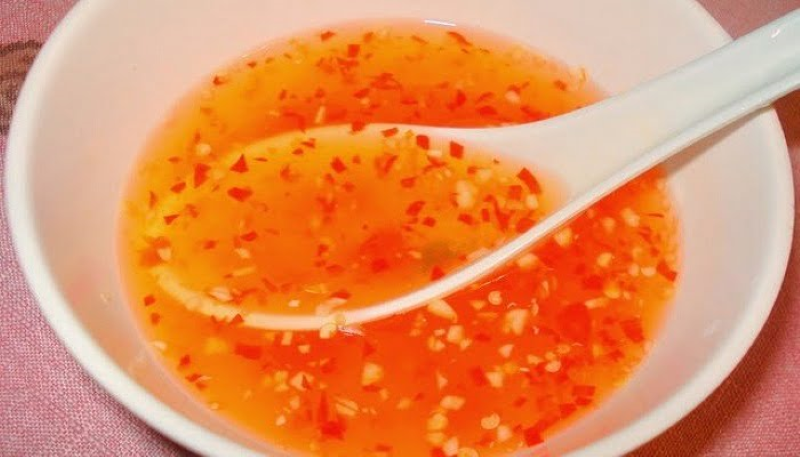
Pho rolls are often served with a flavorful dipping sauce, such as “nuoc cham” (a Vietnamese dipping sauce made with fish sauce, lime juice, chilies, and sugar), or a traditional pho broth for extra flavor. Other popular accompaniments include hoisin sauce, peanut sauce, or a spicy Sriracha mayo.
Nutritional benefits of pho rolls
In addition to their incredible flavor, pho rolls also offer a range of nutritional benefits. The inclusion of fresh herbs, vegetables, and lean proteins makes them a relatively low-calorie and nutrient-dense option.
The rice paper wrapping is low in calories and fat while providing a good source of carbohydrates. Additionally, the protein from the meats and the fiber from the vegetables contribute to a satisfying and well-balanced snack or meal.
More information: Fresh pho noodles guide: Selection, preparation, and recipes
How to Make Pho Rolls at Home
While recipes for this dish may vary, here are some key tips for creating delectable and authentic-tasting pho rolls at home:
Tips for working with rice paper for pho rolls
Mastering rice paper is key to creating perfect pho rolls. These delicate sheets can be tricky to handle, but with a few simple techniques, you can avoid tearing and ensure smooth, sturdy rolls every time.
- Soak the rice paper sheets in warm water for 10-15 seconds to make the sheets soft and pliable without overly saturated or mushy.
- Once the rice paper is soaked, the sheets can dry out quickly and become brittle, making them prone to cracking or tearing during the rolling process. If the rice paper dries out before you make the rolls, re-soak it briefly in warm water to make it pliable again.
- Use a shallow dish or plate for soaking the rice paper to ensure even hydration and easy handling. Gently shake off any excess water from the rice paper before transferring it to your work surface.
Techniques for rolling tight, secure pho rolls
Rolling pho rolls may look simple, but achieving a tight and secure wrap takes practice and the right technique. A well-rolled pho roll not only holds together neatly but also enhances the overall eating experience.
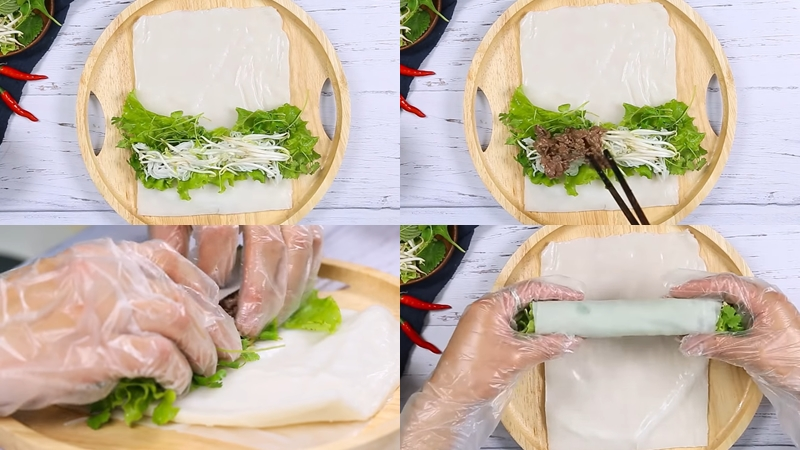
- Arrange the filling ingredients in a horizontal line near the bottom edge of the softened rice paper sheet, leaving a small border.
- Fold the bottom edge of the rice paper up and over the filling, using your fingers to gently compress the ingredients into a compact cylinder.
- Using both hands, roll the pho roll tightly from the bottom up, applying gentle pressure as you roll to ensure a snug and secure wrap.
- Moisten the final edge of the rice paper with water to help it seal and secure the roll.
Customizing fillings for endless pho rolls variations
While traditional pho roll fillings include pho noodles, sliced meats, fresh herbs, and crunchy vegetables, the possibilities for customization are endless. Experiment with protein sources like grilled shrimp, pho-spiced tofu for vegetarian options, or thinly sliced pork or duck for a twist.
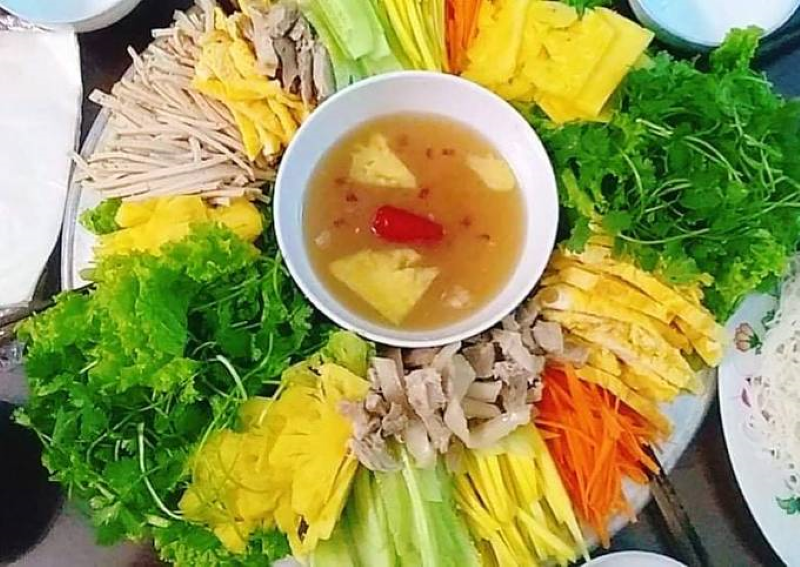
Incorporate a variety of fresh herbs and greens, such as Thai basil, culantro, or pea shoots, to add bursts of flavor and aroma. Consider adding pickled or fermented elements like pickled carrots or daikon radish for a tangy contrast.
For a creamy element, try incorporating slices of avocado or a dollop of creamy peanut sauce inside your dish. The beauty of these handheld delights lies in their versatility, allowing you to tailor the fillings to your tastes or dietary preferences.
How to serve and eat pho rolls
Pho rolls are best enjoyed fresh and at room temperature for optimal texture and flavor. To serve, arrange the rolls on a platter or plate, garnished with extra herbs, sliced chilies, or lime wedges if desired.
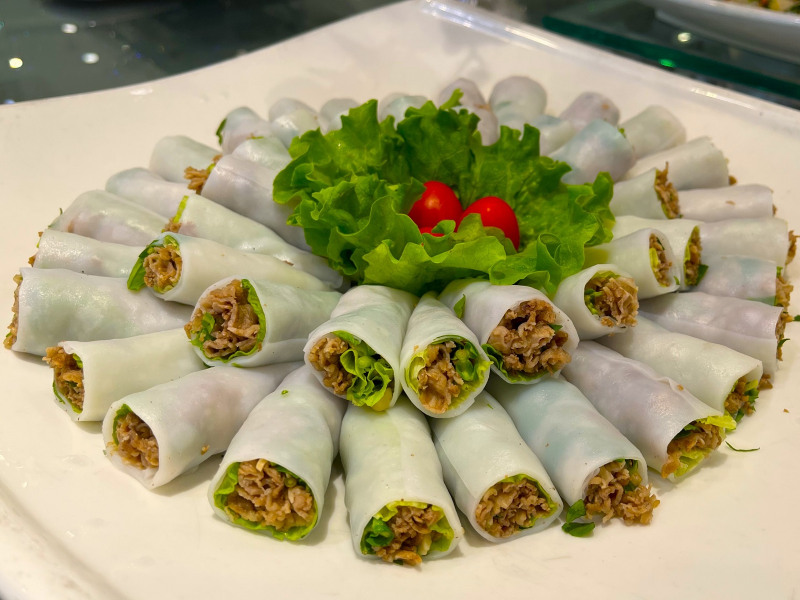
Provide the dipping sauce or pho broth on the side for dipping or pouring over the rolls. They are typically eaten with your hands, making them a perfect finger food or appetizer for social gatherings or as a light, portable meal.
More information: Homemade pork pho: How to create Vietnamese dish
Frequently Asked Questions About Pho Rolls
Curious about how pho rolls differ from other Vietnamese favorites or how to enjoy them best? This FAQ section answers common questions to help you better understand and enjoy this flavorful dish.
What’s the difference between pho rolls and spring rolls?
Pho rolls and spring rolls may seem alike, but they differ in ingredients and how they’re made. Pho rolls are a modern twist inspired by Vietnamese pho, using flat noodles, sliced beef, herbs, and sauces like hoisin or fish sauce, all wrapped in rice paper. They offer a soft, chewy texture and capture the flavor of pho without the broth. Meanwhile, spring rolls come in two main types: fresh rolls with vermicelli, shrimp or pork, and herbs; and fried rolls that are crispy and filled with meat, mushrooms, or vegetables. Both highlight Vietnamese cuisine, but pho rolls offer a unique, pho-like experience in a handheld form.
Can pho rolls be made vegetarian or vegan?
Pho rolls are easy to make vegetarian or vegan by swapping meat for tofu, tempeh, or mushrooms, paired with herbs, pho noodles, and fresh veggies. Just be sure to use vegan-friendly sauces like soy or peanut sauce instead of fish-based ones. With these simple changes, they remain tasty and wholesome for plant-based diets.
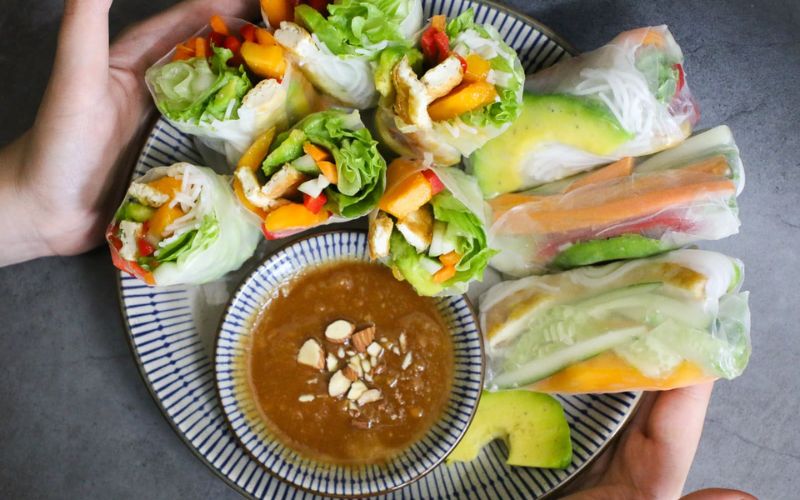
Are pho rolls served hot or cold?
Pho rolls are usually served at room temperature or slightly cool to keep their chewy texture and fresh flavor. This helps the herbs, noodles, and filling blend well without turning soggy. Unlike hot pho soup, pho rolls are light and refreshing—perfect for warm days, snacks, or appetizers. Reheating is not recommended, as it can ruin the rice paper’s texture.
How long do pho rolls stay fresh?
Pho rolls are best enjoyed fresh, within a few hours of making, as the rice paper can dry out or turn rubbery over time. If you need to store them, place the rolls in an airtight container with damp paper towels above and below to keep them moist. Stored this way in the fridge, they can last up to a day, but they’re always tastier when eaten right away.
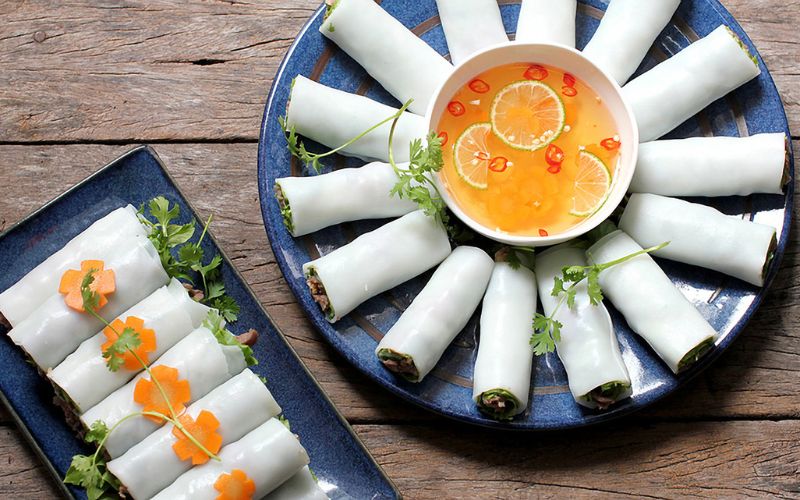
Conclusion
Pho rolls have quickly become a favorite twist on traditional Vietnamese cuisine, seamlessly combining the beloved flavors of pho with the convenience of a handheld snack or meal.
If you’re captivated by the flavors of Vietnamese cuisine and seeking nutritious food options, explore the world of innovative dishes inspired by this rich culinary tradition.
Additionally, consider incorporating nutritious food products from companies like AK FOOD into your diet for a well-rounded, flavorful, and nourishing culinary experience that celebrates global flavors while prioritizing health and wellness.
For any inquiries, please feel free to reach out to us through the following channels:
Anh Kim Food Production Joint Stock Company (AK FOOD)
Phone number: 028 3815 9696
Email: contact@akfood.com.vn
Address: Lot III – 1B, Street 1, Tan Binh Industrial Park, Tan Phu District, Ho Chi Minh City


 Tiếng Việt
Tiếng Việt